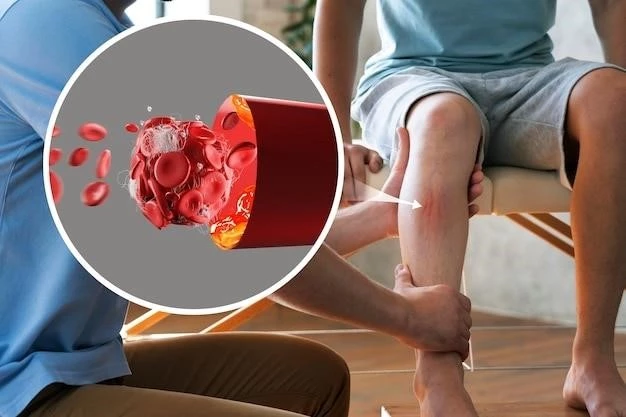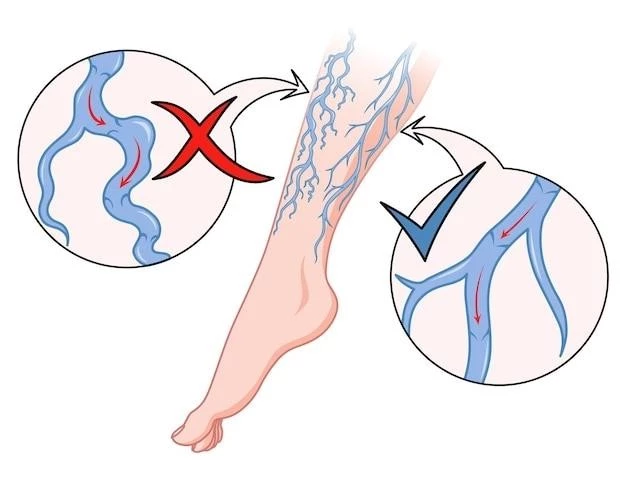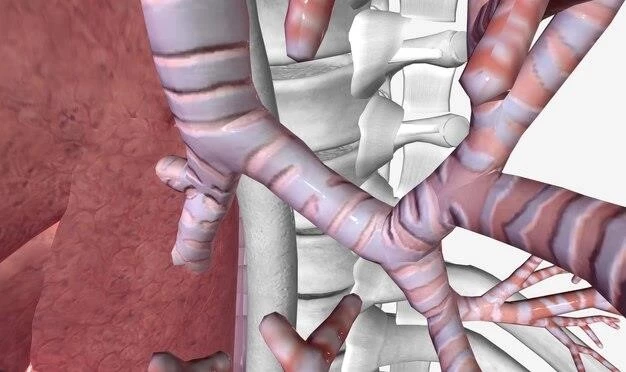Introduction
Thiemann Epiphyseal Disease‚ a rare form of avascular necrosis affecting phalangeal joints‚ involves PIP and DIP joints in the second decade of life.
Overview of Thiemann Epiphyseal Disease
Thiemann Epiphyseal Disease‚ also known as Thiemann disease‚ is a rare non-inflammatory disorder affecting the epiphyses of the phalanges of the fingers and toes. This genetic condition leads to avascular necrosis‚ primarily involving the proximal interphalangeal joints in adolescents and young adults. The disease manifests as painless swelling and deformities in the affected joints‚ often mistaken for other arthritis conditions. Radiological findings help diagnose the characteristic epiphyseal changes associated with Thiemann disease‚ which may vary in severity and impact joint function over time.

Clinical Presentation
Thiemann Epiphyseal Disease typically presents with painless swelling and deformities in the phalangeal joints‚ often in adolescents and young adults.
Thiemann Epiphyseal Disease commonly manifests as painless swelling and deformities in the affected phalangeal joints‚ often appearing during adolescence or early adulthood. The condition primarily affects the proximal interphalangeal joints‚ leading to a characteristic symmetrical and relatively painless firm deformity.
Symptoms and Onset
Thiemann Epiphyseal Disease typically manifests with painless swelling and deformities in phalangeal joints during adolescence or early adulthood.
Imaging Studies and Diagnostic Criteria
Imaging studies play a crucial role in diagnosing Thiemann Epiphyseal Disease‚ with characteristic MRI findings revealing epiphyseal involvement‚ aiding in differentiating the condition and guiding treatment decisions. Diagnostic criteria are being refined to enhance early detection and accurate assessment of the disease’s severity.
Thiemann Epiphyseal Disease presents as a rare genetic disorder‚ commonly considered as a form of avascular necrosis of the proximal interphalangeal joints and shows an autosomal dominant pattern of inheritance with strong penetrance.
Genetic Basis and Familial Form
Thiemann Epiphyseal Disease is a rare genetic disorder linked to avascular necrosis‚ showing an autosomal dominant pattern with high penetrance. This familial form may manifest in adolescents or young adults and is crucial for understanding the disease’s inheritance pattern.
Treatment
Treatment for Thiemann Epiphyseal Disease may include conservative management methods or surgical options‚ depending on the severity and progression of the condition.
Conservative Management and Surgical Options
Management of Thiemann Epiphyseal Disease may involve conservative approaches such as activity modification and splinting‚ while severe cases might necessitate surgical interventions like arthrodesis or arthroplasty to address joint deformities and alleviate symptoms.

Prognosis
Thiemann Epiphyseal Disease’s outcomes depend on the severity and progression; early diagnosis via MRI can help guide appropriate management strategies.
Long-term Outlook and Complications
Thiemann Epiphyseal Disease’s long-term outlook varies based on the severity of epiphyseal involvement and the promptness of diagnosis. Complications may include joint deformities and functional limitations if left untreated‚ emphasizing the importance of early recognition and appropriate management.
Thiemann Epiphyseal Disease is a rare genetic disorder‚ with fewer than 1‚000 individuals estimated to have this condition in the U.S. The disease usually manifests in teenagers.
Prevalence and Population Estimates
Thiemann Epiphyseal Disease is classified as a rare genetic disorder with an estimated occurrence of fewer than 1‚000 individuals affected by this condition in the United States‚ primarily observed in teenagers.
Recent research has focused on the diagnostic criteria‚ genetic basis‚ and management approaches of Thiemann Epiphyseal Disease to enhance outcomes and quality of care for affected individuals.
Advances in Understanding Thiemann Epiphyseal Disease
Recent research has enhanced the understanding of Thiemann Epiphyseal Disease‚ focusing on diagnostic criteria‚ genetic basis‚ and management strategies to improve patient outcomes and quality of care.
Comparison with Other Conditions
Thiemann Epiphyseal Disease differs from other disorders due to its unique non-inflammatory nature and characteristic involvement of the phalangeal epiphyses.
Differential Diagnosis and Similar Disorders
Thiemann Epiphyseal Disease differs from other conditions due to its non-inflammatory nature and characteristic involvement of the phalangeal epiphyses‚ differentiating it from similar structural disorders of the fingers and toes.
Thiemann Epiphyseal Disease‚ a rare non-inflammatory disorder affecting the phalangeal joints‚ poses challenges in diagnosis and management‚ emphasizing the need for ongoing research to improve outcomes and treatment strategies in affected individuals.
Summary of Thiemann Epiphyseal Disease and Future Directions
Thiemann Epiphyseal Disease‚ a rare non-inflammatory disorder affecting the phalangeal joints‚ poses challenges in diagnosis and management‚ emphasizing the need for ongoing research to improve outcomes and treatment strategies in affected individuals.
